Quaternary period
(2.6 - 0 MYA)
7
Biomes
6
Continents
11
Animals
50
Plants

Map
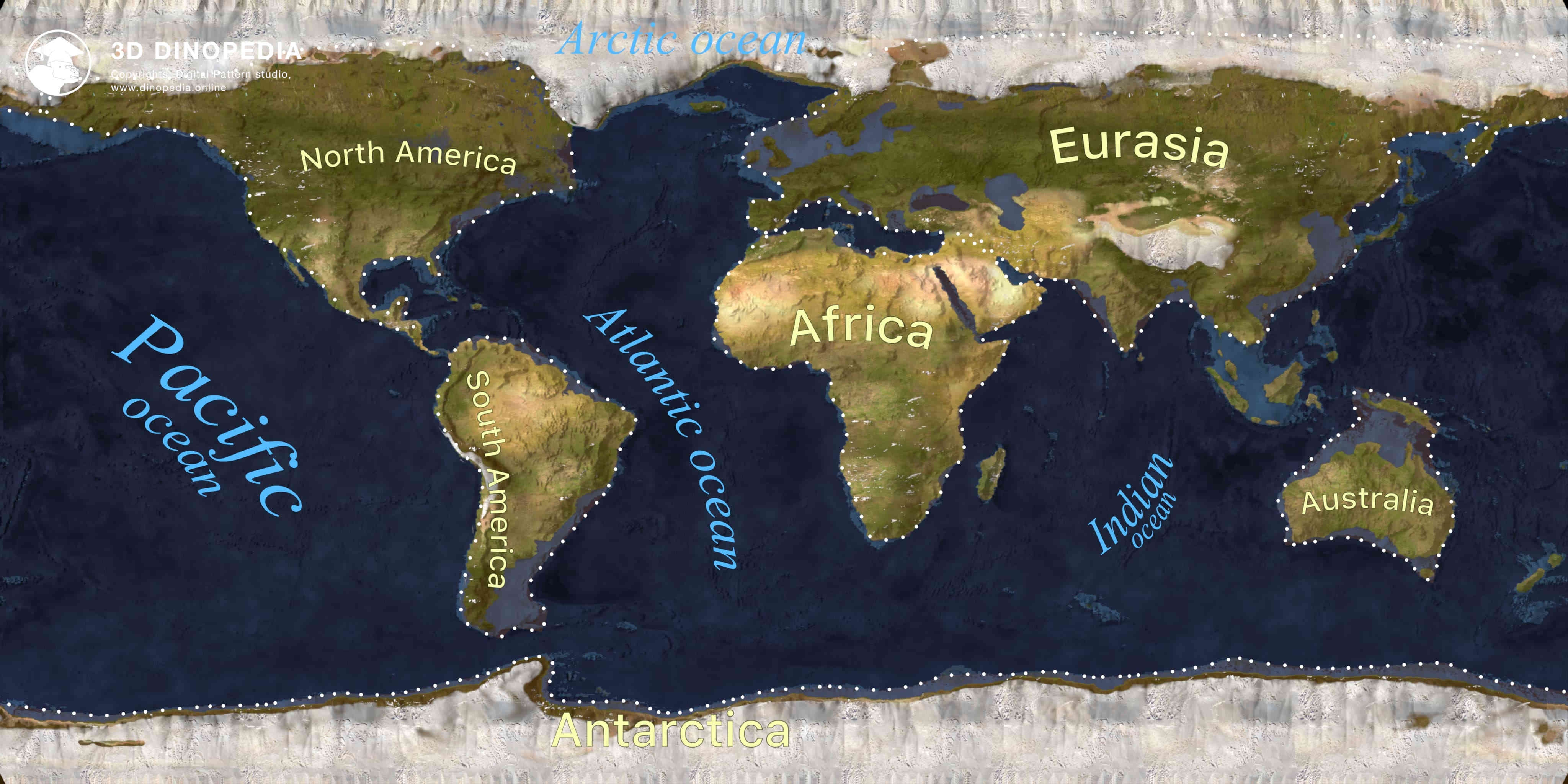
Description
The Quaternary period (or Quaternary) is the third period of the Cenozoic era, which began about 2.6 million years ago and continues to the present time. The name means "fourth layer in the scale", implying that it lies above the three "classic" layers in the Alps.
Geologists divide the Quaternary period into two epochs: Pleistocene and Holocene.
The Pleistocene lasted from 2.6 million years ago to 12,000 years ago. It is characterized by a constant alternation of glacial periods, when a significant part of the Earth was covered with ice, and interglacial periods, in which the climate was similar to the modern one or even milder. A new unique natural zone appears - the tundra-steppe or mammoth steppe, an area with a harsh climate, but extremely rich in herbaceous vegetation. It was during the Pleistocene that such animals as megatheriums (Megatherium), glyptodonts (Doedicurus), mammoths (Mammuthus), elasmotherium (Elasmotherium), and many others developed and evolved. At the end of the Pleistocene, many large animals, called megafauna, became extinct.
During this time interval, humans managed to make a colossal evolutionary journey - from the first hominids like Homo rudolfensis to modern humans (Homo sapiens).
The Holocene began about 12,000 years ago and continues to the present time. The Holocene includes the current interglacial period. The climate significantly warmed up, marking the end of the last ice age. There was significant development of human civilization, the emergence of agriculture and animal husbandry, the emergence of cities, four industrial revolutions, and humans venturing into space.
So, this is the time in which we exist - the Holocene epoch of the Quaternary period of the Cenozoic era of the Phanerozoic eon.
Note 1:
Homo rudolfensis, or Rudolf's apelike humans, is one of the ancient representatives of the Homo genus, who lived approximately 1.9-1.8 million years ago. They were an important link in human evolution, possessed a large brain compared to other hominids of that time, and probably used simple tools. Homo sapiens, or modern rational humans, are the only existing species in the Homo genus, to which we all belong. We appeared about 300,000 years ago and are distinguished by our large and complex brain, the ability for abstract thinking, language, and the creation of complex culture and technology.
Note 2:
Industrial revolutions are four major milestones in history when technology and production took a huge leap forward, leading to major changes in society.
• The first industrial revolution occurred in the late 18th - early 19th centuries, when we began to use steam engines to automate production, especially in the textile industry.
• The second industrial revolution occurred in the late 19th - early 20th centuries when electricity, the internal combustion engine, and the assembly line were invented, allowing for mass production of goods.
• The third industrial revolution, or digital revolution, began in the 1960s when computers became increasingly common, leading to the automation of many production processes, the creation of the internet, and the emergence of new types of work.
• The fourth industrial revolution is happening right now, with the development of technologies such as artificial intelligence, big data, the internet of things, virtual and augmented reality, cloud computing, and 3D printing, which are increasingly changing the way we live and work.

Animals
Expand more
Loading...

3D Biomes
Articles



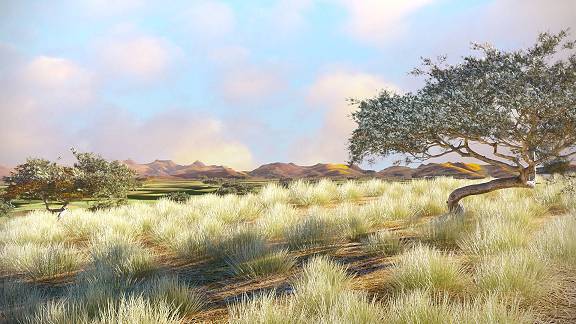

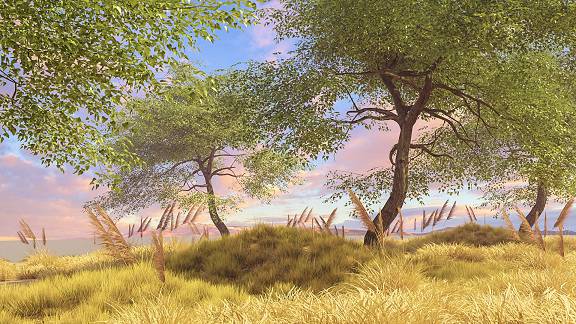
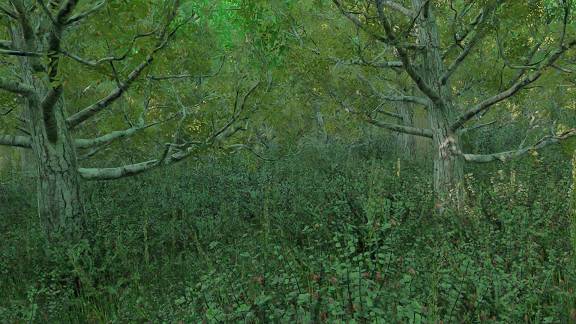


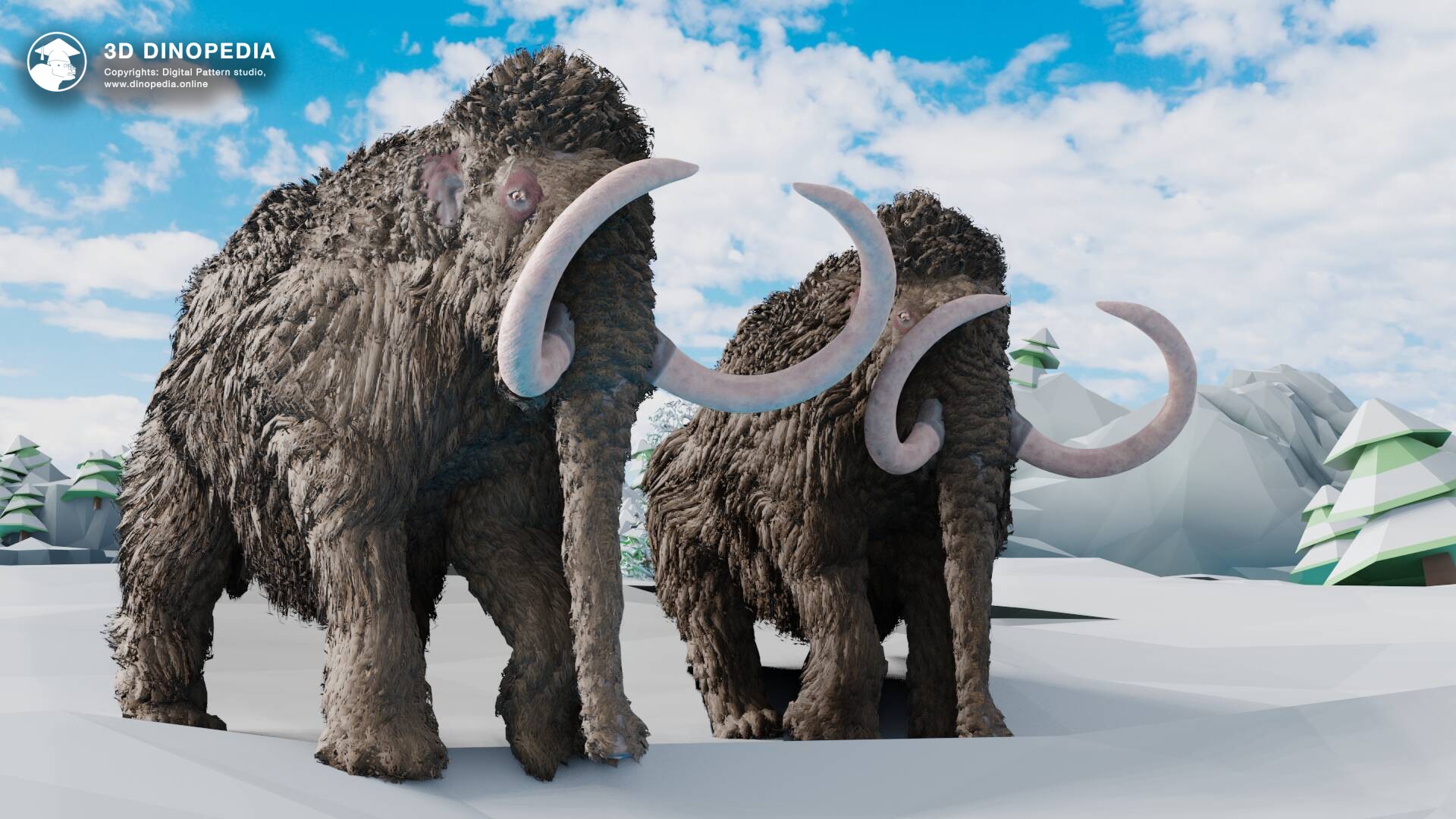
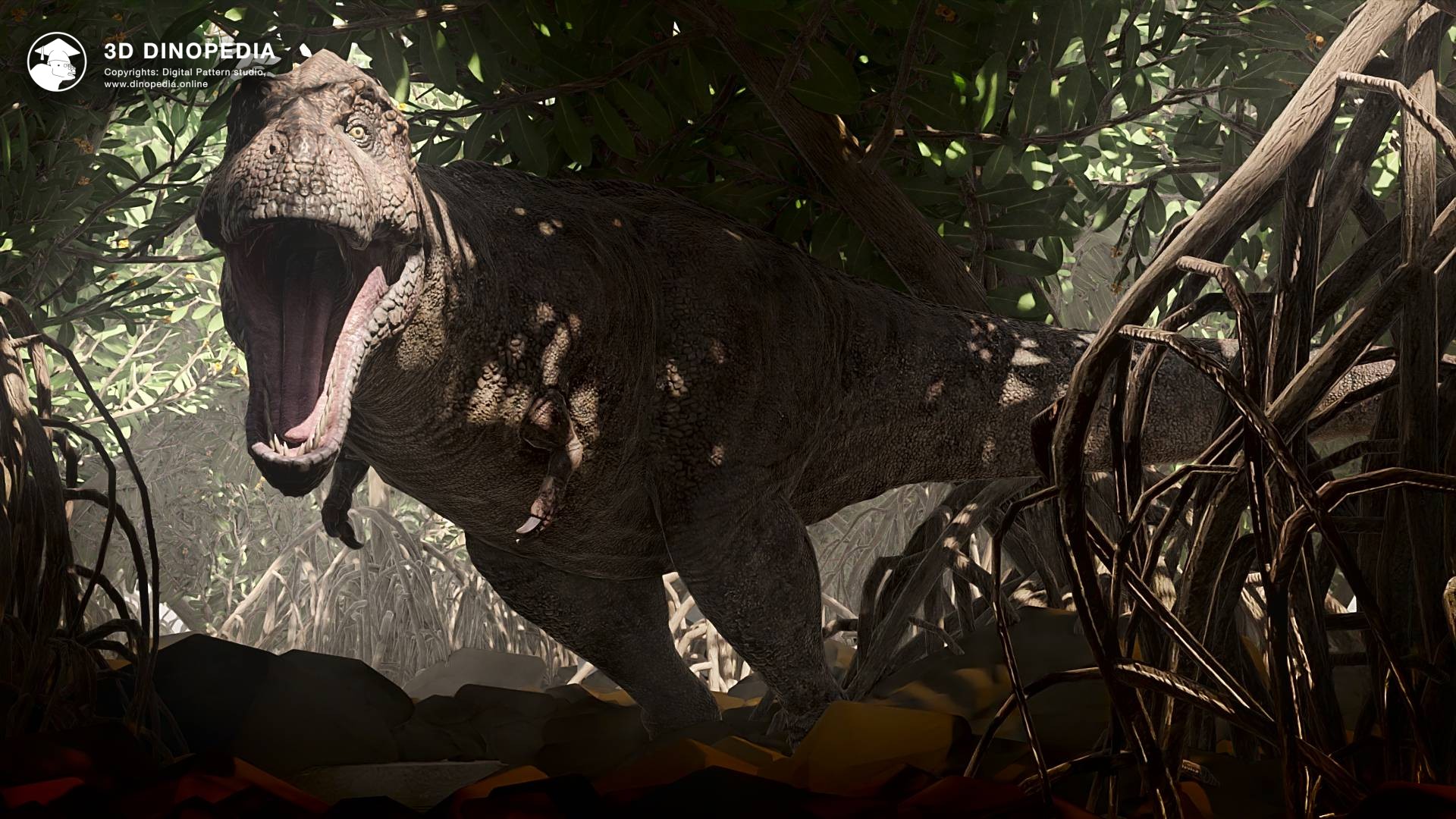
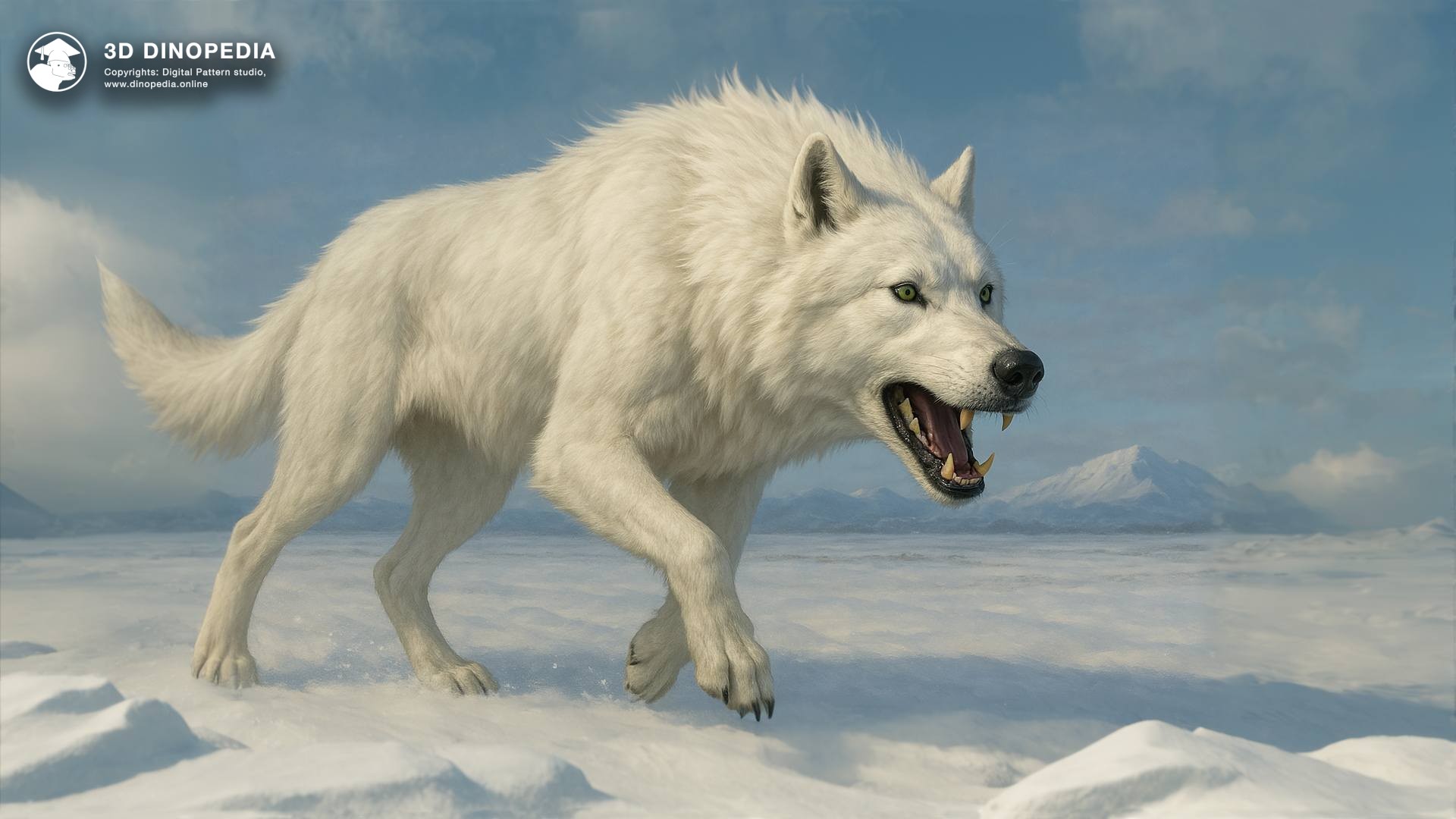
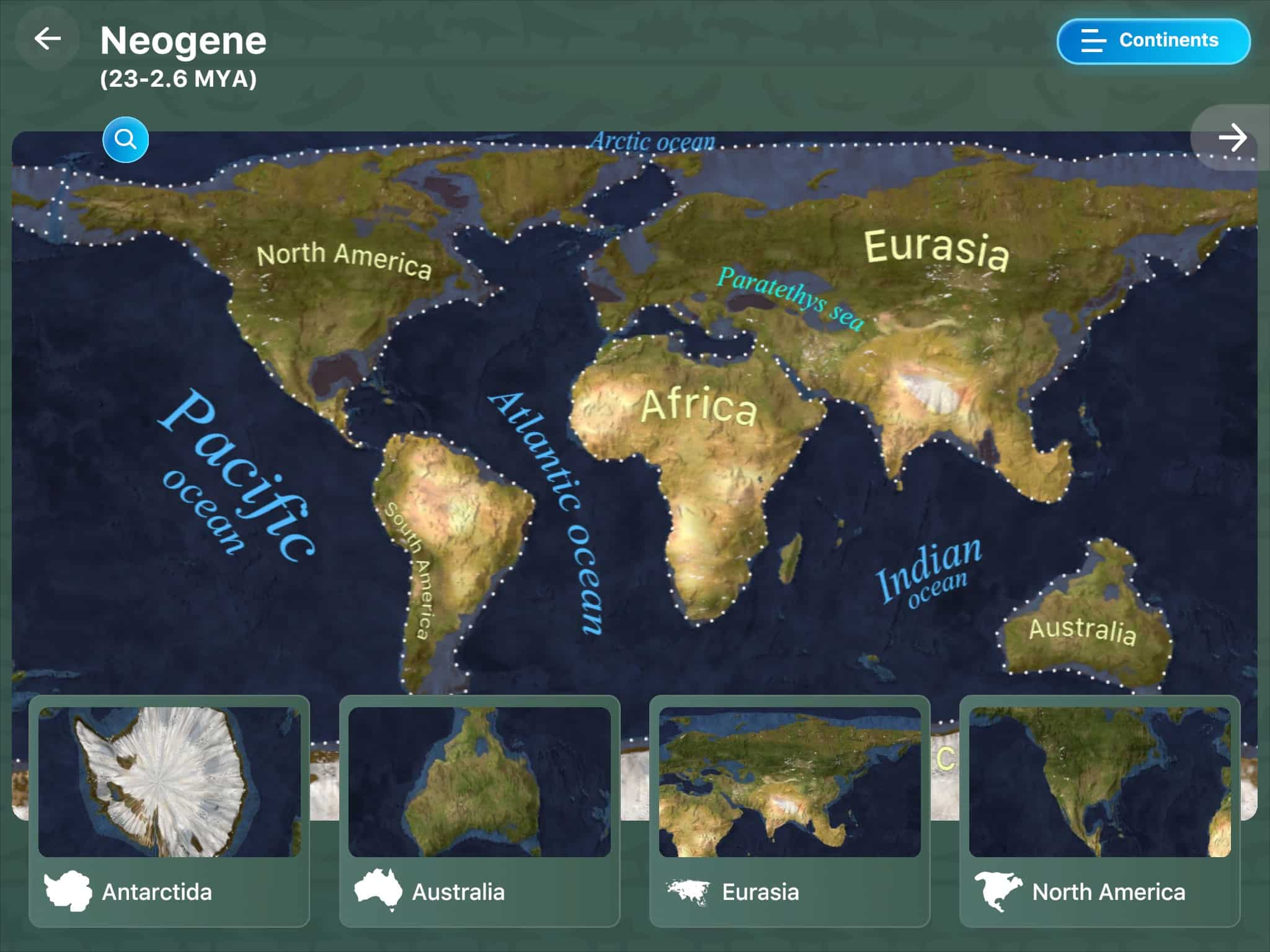

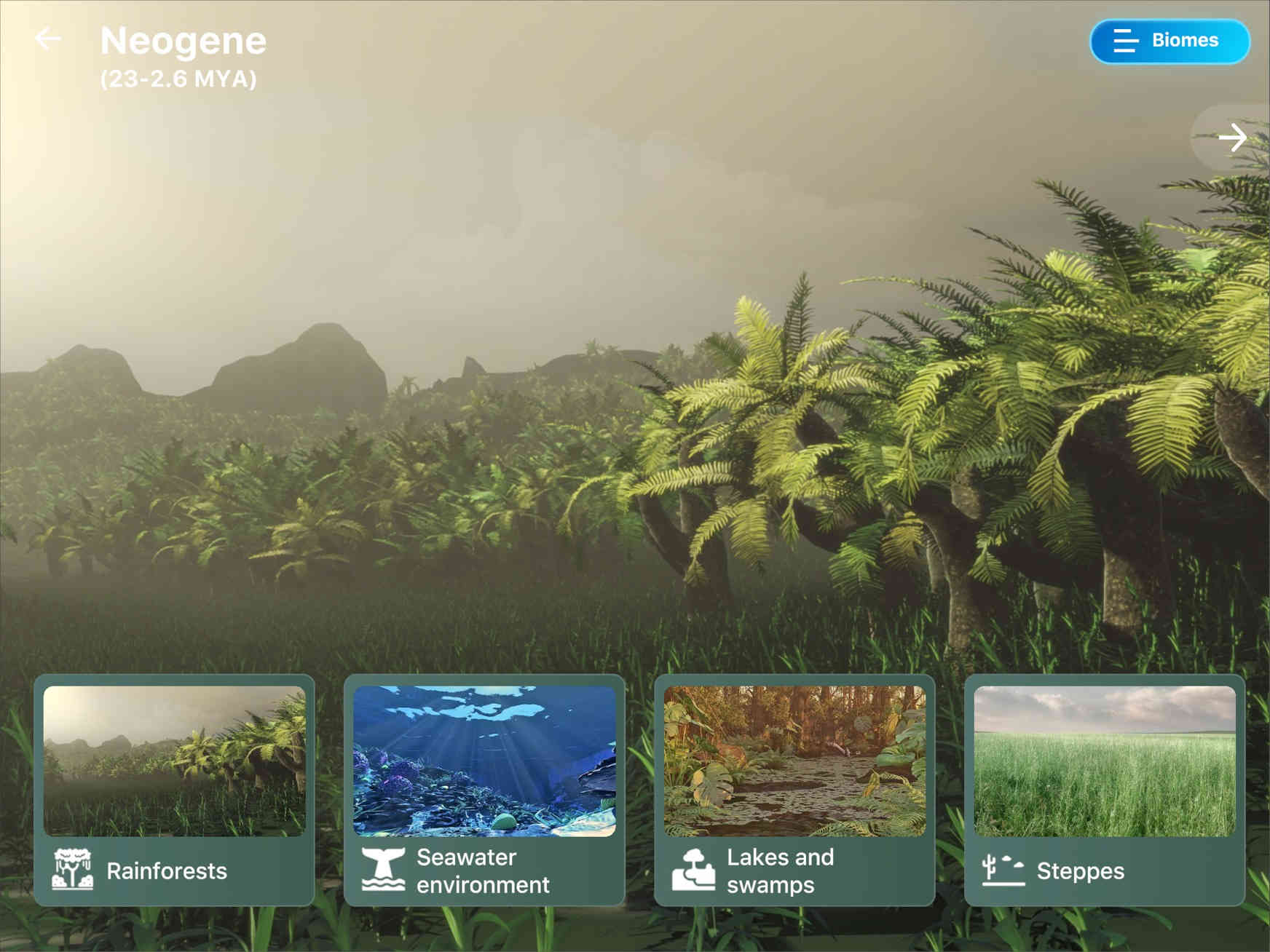






 CONTINENTS
CONTINENTS
 3D BIOMES
3D BIOMES
 FAUNA
FAUNA
 FLORA
FLORA
 EVENTS
EVENTS
 DISCOVERIES
DISCOVERIES
 GALLERY
GALLERY
 3D EARTH
3D EARTH

